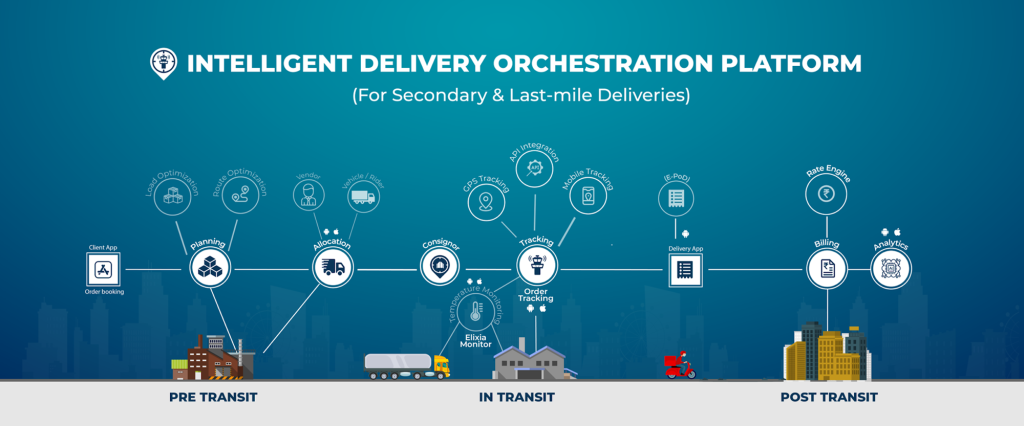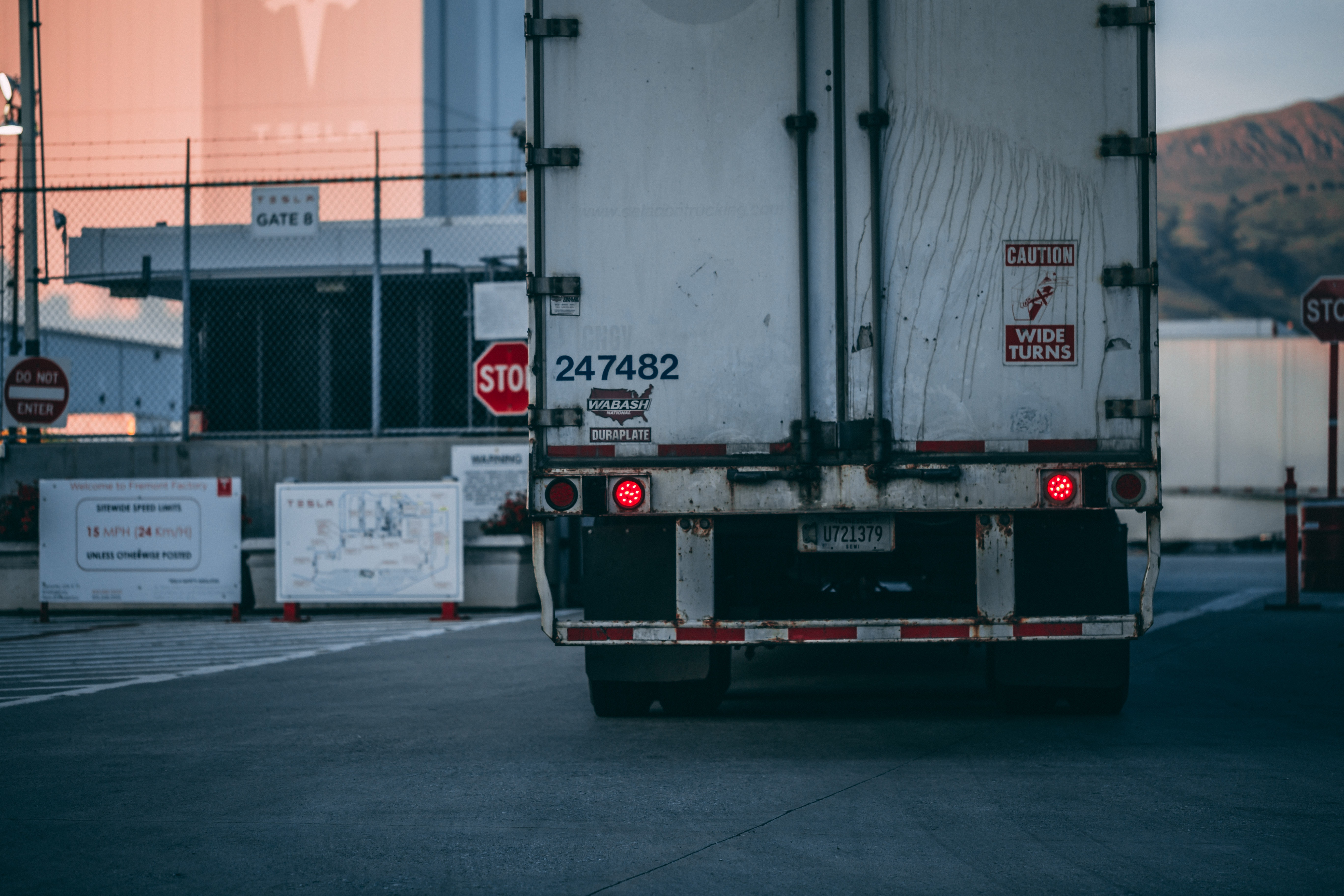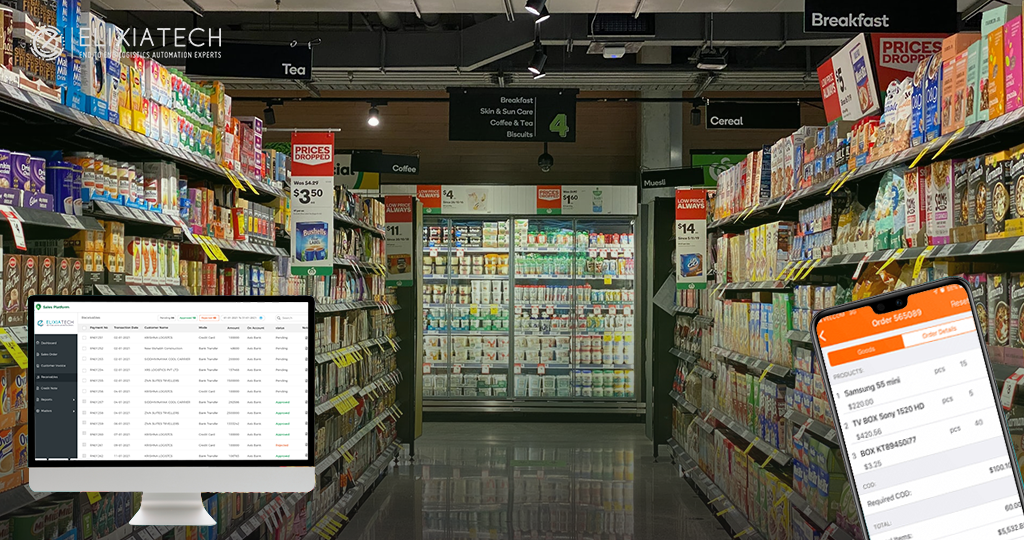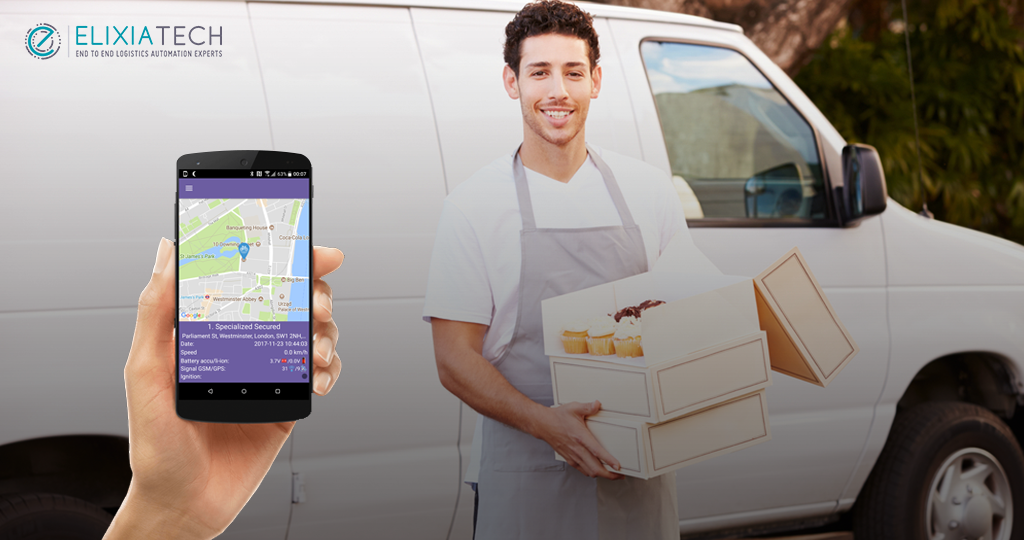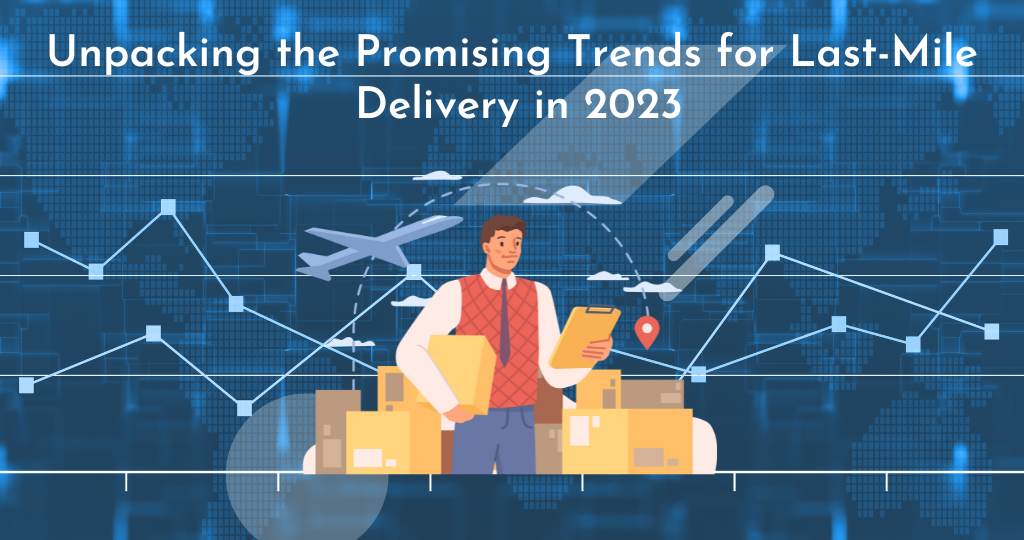
Unpacking the Promising Trends for Last-Mile Delivery in 2023
Last-mile delivery is the most expensive and time-consuming part of the supply chain. The problem is that it’s also the most inefficient. The industry has been in need of innovation for a long time, and it’s finally in the midst of a technological revolution thanks to the emergence of technological trends like automation, optimization, & artificial intelligence. These innovations promise to revolutionize the way companies deliver their goods, speeding up delivery times and improving customer satisfaction.
According to recent estimates, global retail e-commerce sales will hit a whopping 6.3 trillion dollars in 2023, up from 5.7 trillion and 4.2 trillion in the previous two years. Between 2022 and 2027, the last-mile delivery market is expected to grow at a CAGR of 15.62%. The market is expected to grow by USD 165.6 billion in size.
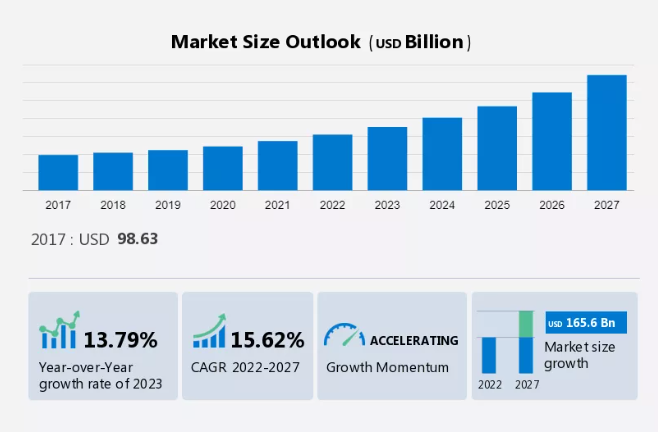
Last-mile delivery has seen tremendous growth in recent years, but what will it look like over the next few years? Here we examine the latest trends that are shaping the future of last-mile delivery in 2023 and beyond.
-
Autonomous Delivery Vehicle:
Autonomous delivery vehicles are one of the most exciting trends in last-mile delivery. These self-driving cars, trucks, & drones are expected to become more commonplace by 2023. This will make it easier for companies to deliver goods quickly, efficiently, and cost-effectively. Autonomous delivery vehicles offer many advantages over traditional fleets, including lower operating costs and improved safety. As regulations continue to evolve, we can expect this trend to continue gaining traction as we move closer to 2023.
-
Environmentally Friendly Delivery Options:
In addition to using new technologies to improve efficiency, companies are also looking for ways to lower their environmental footprint. As customers become increasingly conscious of sustainability, businesses take steps towards offering greener deliveries. Some common initiatives include the use of electric-powered vehicles, reusable packing materials, and bio-based packaging. All these initiatives can add up over time and contribute to a much lower carbon footprint.
-
Greater Emphasis on Hyperlocalization and Real-Time Tracking:
Another trend that is picking up speed in the last-mile delivery space is a greater emphasis on hyperlocalization and real-time tracking. Companies are now focusing on providing localized solutions for different regions to ensure that their customers get the goods they need faster & more conveniently. This means taking into account local traffic conditions, customer preferences, street layouts, & other geographic considerations. Advanced tracking technologies also enable customers to track their orders in real time, enabling them to plan better & have better control over deliveries.
-
Expanded Range of Delivery Solutions, Including Drone Delivery:
Drone delivery is another trend that is becoming increasingly popular in last-mile delivery. Its advantages are multiple, including low costs to the company, shorter delivery times due to lack of traffic congestion & poor road conditions, as well as a lower impact on the environment. More companies are now looking into having drones transport goods in order to increase efficiency and reduce costs. This way, customers not only get their goods faster, but they also save money by paying lower delivery fees. Moreover, greater control over the process allows companies to better manage customer expectations when it comes to timeframes & budgets for their deliveries.
-
Contactless delivery:
Since the pandemic, people wish to have contactless deliveries to maintain safety. It is becoming the new normal. Seeing the rise in need for contactless deliveries, companies have started using electronic proof of delivery, on-the-go pickup, live tracking, handling tips, rejections, and returns with no contact, notifying customers of arrival, drones, and digital payments. Contactless delivery is here to stay. The demand for contactless delivery is evident, both as a safety precaution & practical way to receive items while not physically present.
-
Urban warehouse expansion:
The rise of last-mile delivery has seen a steady increase in the demand for warehouses & other related real estate in urban areas. As there is an increase in ecommerce, retailers are shifting their focus to urban warehousing to expedite the delivery process. The need for smaller warehouse spaces has become more evident to support the growth of online retailing & convenient last-mile shopping options. Companies are increasingly looking to optimize their supply chain management by reducing their geographic spread & instead focusing on high-density spaces closer to major consumption hubs.
-
Investments in technology for last-mile delivery:
In India, last-mile delivery adoption is higher than 10%. Additionally, it forecasts that by 2024, the size of India’s last-mile delivery business will reach $6-7 billion. From 1.36 billion shipments in 2020, the total number of e-commerce shipments will surge to 5 billion by 2025. Last-mile delivery is expected to gain substantial support in 2023 as venture capital investments increase in logistics technology. With 34 deals in 2021, this will total more than $1.45 billion.
-
Ensure Consumer Satisfaction with Mobile Ordering and Tracking Capabilities:
The delivery service is increasingly integrated with mobile ordering and tracking capabilities. By taking advantage of the increasing popularity of mobile technology, customers now receive real-time updates about their orders & interact with live customer service agents. It can be through messaging and chat bots. This helps give customers greater control over their buying experience. It also enables them to stay up-to-date on package locations & expected delivery times. It also allows them to ask questions and provide feedback directly to companies.
Summary:
The rise of e-commerce has resulted in a significant increase in the volume and size of deliveries. This is putting pressure on the traditional logistics model. With smarter technologies, the scope for last-mile deliveries will expand, ensuring great customer satisfaction.
Check out how Elixia’s Last-Mile Delivery Platform addresses the challenges of high delivery density and operational costs associated with last-mile deliveries.
To schedule a demo with us:Click now
